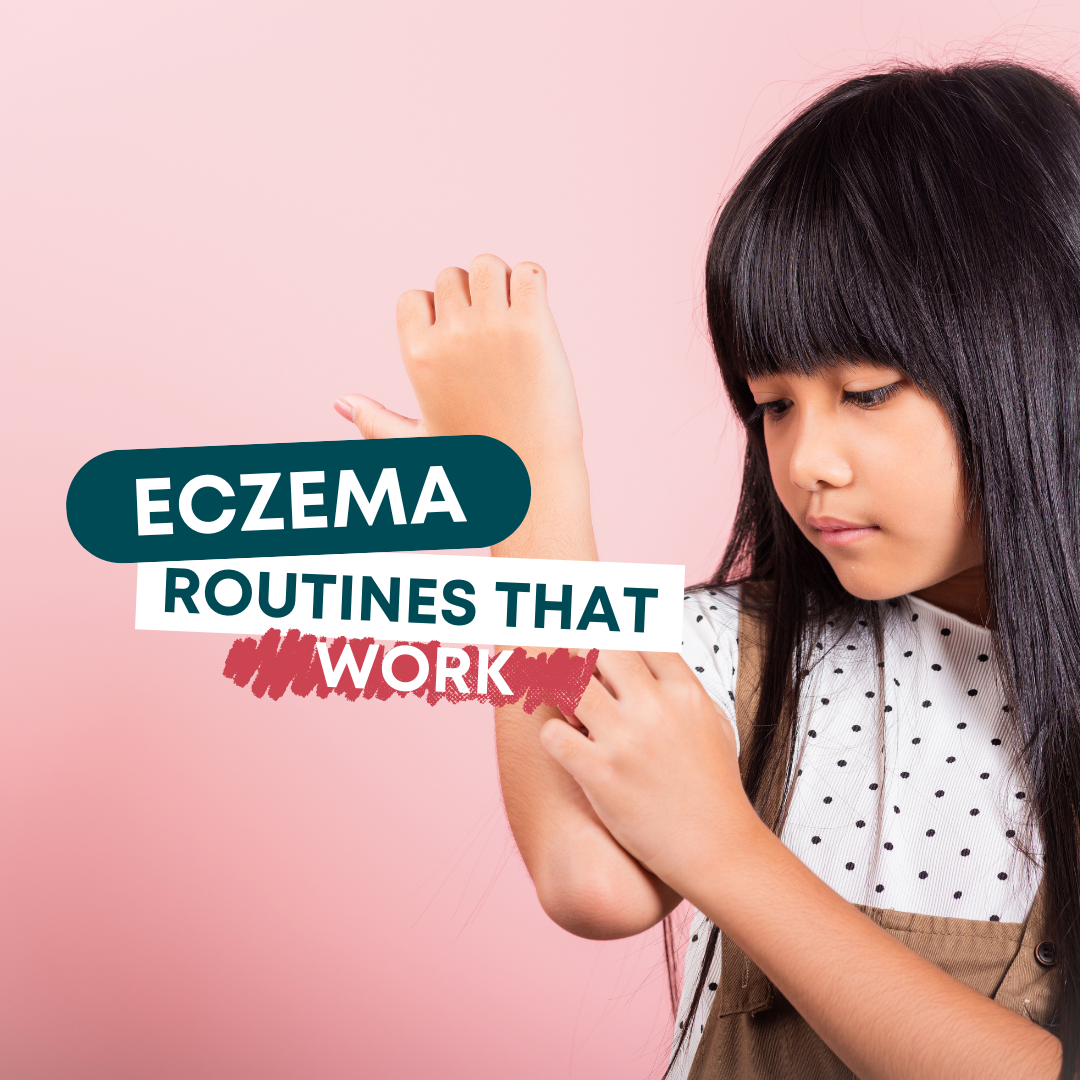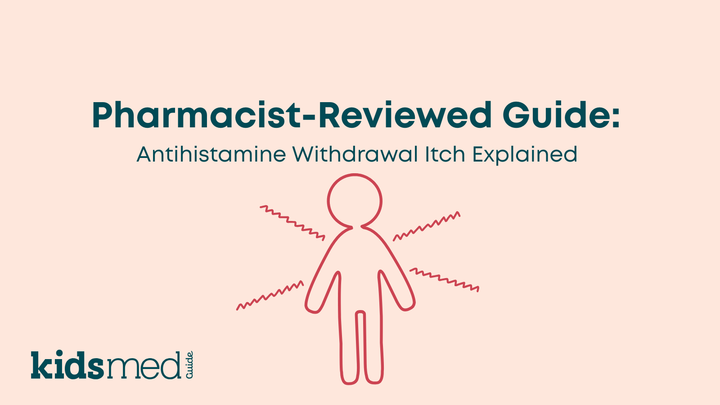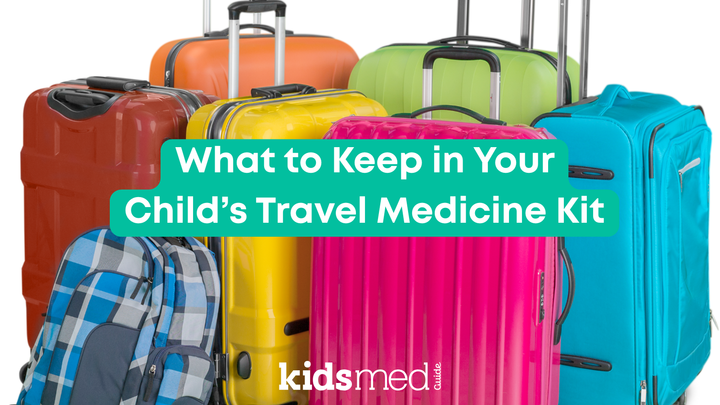Best Eczema Creams for Babies and Kids

What is Eczema?
Eczema, or atopic dermatitis, is a common skin condition that affects babies and children. It causes dry, itchy skin that typically looks like red patches.
Eczema is associated with lots of discomfort and scratching.
According to the American Academy of Pediatrics (AAP), a likely underlying cause of eczema is a weakened skin barrier that makes skin more prone to dryness and irritation. However, environmental factors may also play a role.
My youngest kiddo has had eczema since he was a young infant. After much trial and error, we found a good system to keep his eczema under control!
On or before 6 months of age is the typical onset time for kids, and it can continue well into childhood.
Where and When Does Eczema Appear?
Babies often get eczema on their heads or faces, while older kids tend to get it in skin folds like behind the knees. However, eczema can appear all over the body.
Sometimes, there is no identifiable trigger, and eczema flare-ups just occur.
Other times, there is a clear trigger: soap, laundry detergent, lotion, sweat, or sunblock, for example.
Weather, humidity, dust, or pet dander could also play a factor.
How is Eczema Treated?
The main goal of eczema therapy is to keep the skin moisturized.
Loss of moisture leads to dry skin, and the dry skin patches lead to itchiness, irritation, cracking, inflammation, and possibly secondary infections.
Natural eczema remedies and tips:
- Bathe in lukewarm water once a day or every other day.
- Keep the water temperature mild.
- Baths and showers should be short.
- Avoid harsh soaps, fragrances, bubble baths, etc.
- Use water only or gentle, mild soap and shampoo formulated without fragrance and indicated for eczema.
- Apply a thick, gentle, fragrance-free cream or ointment after every bath and as needed throughout the day.
- Creams or ointments are preferred because they have low water content and help to lock moisture into the skin.
- Lotions don't work as well, but they are an option if your child can't tolerate a thick, greasy cream or ointment.
- Moisturizing is the most important step in eczema management! Stay consistent, even when your child's skin looks good.
- Avoid known triggers like fragrances or skin care products not made for eczema-prone skin.
- Chlorine from the pool, sweat from the soccer game, and pollen from playing outside are possible triggers.
- Pay attention to what triggers your child's eczema so you can avoid that trigger or wash it from the skin as soon as possible.
- Consider dressing your child in 100% cotton and using fragrance-free gentle detergents.
- Wet wraps (warm, damp clothing covered by dry clothing, applied in a comfortable, warm room for about 30 minutes) may help skin lock in moisture.
Treatment of moderate-severe eczema
If home remedies and good moisturizing aren't enough, it's time to see a doctor.
- Topical steroids are the preferred first-line treatment for eczema that is resistant to OTC moisturizers.
- Steroids help to calm irritation and flare-ups.
- Some steroids like hydrocortisone are available for purchase over the counter.
- For infants and young children, see a pediatrician for guidance before initiating steroid therapy.
- For older children, teens, or adults, it is reasonable to try a course of OTC topical 1% hydrocortisone cream or ointment (twice a day for a maximum of 2 weeks); eczema on the face or over large areas of the body should be evaluated by a doctor first.
- Continue your bathing and moisturizing routine along with topical steroid application - remember, hydration and moisturization are key!
If eczema does not improve after 2 weeks of topical steroid treatment, or if it frequently recurs, see your pediatrician for advice and prescription options.
You may need to alter the formulation of the steroid or try a different drug.
KidsMedGuide Eczema Product Recommendations:
For my son, we found a winning combination of Mustela® bath oil, Vanicream® moisturizing cream, and prescription triamcinolone ointment as needed for flare-ups.
Different products may work better or worse for each kid, and sometimes, eczema management involves trial and error.
Ask your doctor for samples or buy small/travel sizes until you know what works.
The following OTC products and home remedies are personally tested, used, and recommended by the KidsMedGuide family and friends!
Note that the remainder of this post contains affiliate links.
Eczema bath products:
Mustela® makes great moisturizing bath oils and shampoo. These products are the only things I'll use for bath time with my son! Everything else I've tried has made his scalp and legs itchy.
Cleansing oil:

Foam shampoo:

Cleansing gel:

Eczema moisturizing products
For topical creams and lotions, I've had great luck with Vanicream®. I slather the heavy cream all over him after every bath and twice a day in the summer when he tends to have flare-ups!
I use the face lotion on his cheeks, neck/forehead, and hairline because he doesn't tolerate the cream on his face. I also use it on my daughters and me when our skin is dry in the winter.
Cream:

There's also a baby face cream and a body lotion option for children who don't like heavy creams.
Face cream:

Body lotion:

You can't talk about eczema treatment without mentioning Eucerin®. Eucerin is a favorite of dermatologists. I use these products myself when my skin gets really dry!


Eczema ointment
Ointment didn't work well for my child, but a few of my family members and patients have had good luck with a heavy, occlusive ointment over eczema patches. Ointment is a recommended option for treating eczema flares, and it's easy to apply to rough, dry patches of skin.
It may not be the best option for moisturizing the whole body because it's greasy, but ointment is definitely worth a try for treating problem areas.
Healing ointment:

Sunblock
Unfortunately, sunblock is a big trigger for my son. His eczema flares in the summer, in part due to all of the sunblock!
I've had good luck with the Thinkbaby® brand of sunblock. It causes the least irritation for his skin and spreads on decently well for a mineral sunblock product.
Mineral sunblock:

In conclusion, eczema treatment can be trial and error.
Avoid triggers, stay moisturized, and contact your doctor for prescription options if you cannot control flare-ups.
Note: While KidsMedGuide may receive commissions from any products purchased on the Amazon links above, we stand by these recommendations as we've personally tested and regularly use them.
The following references were used to compile this information:
Chu, D. K., Schneider, L., Asiniwasis, R. N., Boguniewicz, M., Benedetto, A. D., Ellison, K., Frazier, W. T., Greenhawt, M., Huynh, J., Kim, E., LeBovidge, J., Lind, M. L., Lio, P., Martin, S. A., O’Brien, M., Ong, P. Y., Silverberg, J. I., Spergel, J. M., Wang, J., … Chu, D. K. (2024). Atopic dermatitis (eczema) guidelines: 2023 American Academy of Allergy, Asthma and Immunology/American College of Allergy, Asthma and Immunology Joint Task Force on Practice Parameters GRADE– and Institute of Medicine–based recommendations. Annals of Allergy, Asthma & Immunology, 132(3), 274–312. https://doi.org/10.1016/j.anai.2023.11.009
Eczema in Babies and Children. (2020, March 6). HealthyChildren.Org. https://www.healthychildren.org/English/health-issues/conditions/skin/Pages/Eczema.aspx
How to Treat & Control Eczema Rashes in Children. (2020, March 6). HealthyChildren.Org. https://www.healthychildren.org/English/health-issues/conditions/skin/Pages/How-to-Treat-and-Control-Eczema-Rashes-in-Children.aspx



